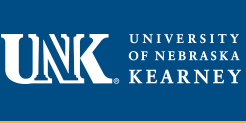Keywords
pandemic, retail sales, revenue, gap coefficients
Abstract
Early post-COVID pandemic studies focused on the macroeconomic impacts of that event on employment, income, healthcare costs, food security, etc. Yet there has been little emphasis on how changes in consumption spending patterns resulting from the pandemic affected retail sales and revenues, each of which are major contributors of growth for local economies. This study investigates these relationships by implementing retail pull and sales gap analyses to determine how non-metropolitan rural regions responded to consumption expenditures and retail sales before and after the pandemic. Using three cities of northeastern Oklahoma as a case study, retail pull factors at the city level and sales gap coefficients at the industry level are determined for food stores, apparel, and restaurant industries. While all three cities share some socioeconomic and demographic characteristics, this study observes differences in gap coefficients among them, thus indicating variation in their ability to attract retail shoppers.
Recommended Citation
Ghosh, S., Jackson, B., & Murphy, R. (2023). Pandemic, Retail Sales and Local Economies: Evidence from Northeast Oklahoma. Mountain Plains Journal of Business and Technology, 24(1), 1. Retrieved from https://openspaces.unk.edu/mpjbt/vol24/iss1/1
Date Accepted
2023-02-13
Date Submitted
2022-08-26
Please note: You will need a PDF reader to view this file.
Included in
Entrepreneurial and Small Business Operations Commons, Growth and Development Commons, Regional Economics Commons


